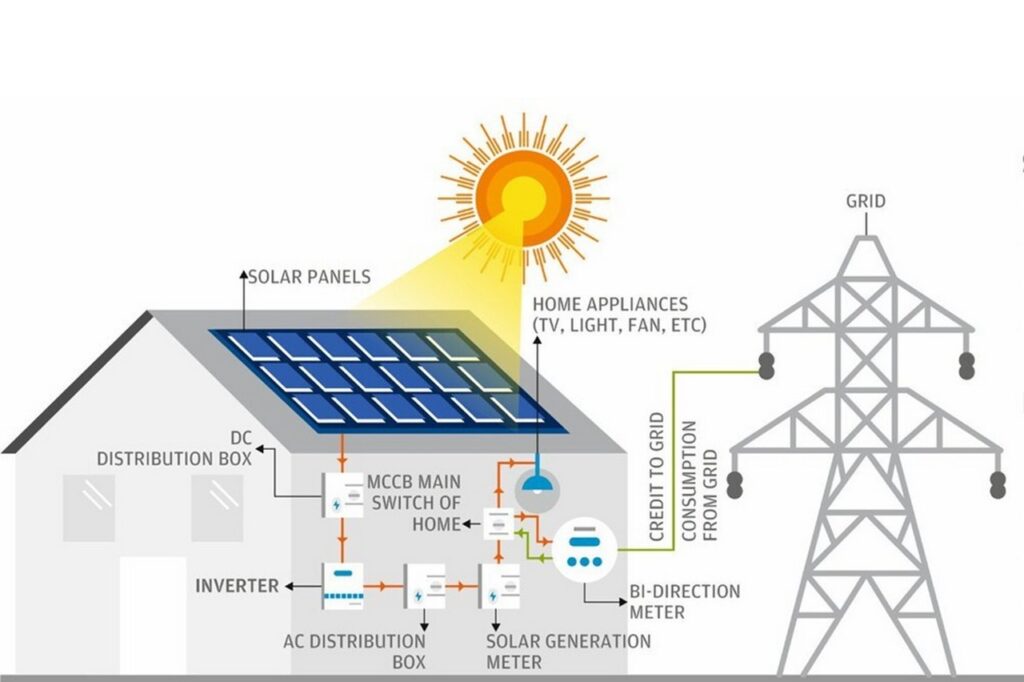Key points of knowledge about string inverter series 1:
1. What does connecting different MPPTs mean? Under what circumstances should this be done?
Answer: String inverters usually have more than 2 MPPTs, each of which usually has one or more strings. Each MPPT is independent and capable of tracking and controlling changes in output voltage and current, which maximizes the advantage of keeping the array in a state of maximum output, which we call maximum power point tracking. Different MPPTs should be connected in situations such as multiple orientations, shadows, unequal string lengths, and unequal angles.
2. If two strings are connected to an MPPT and the open circuit voltages of the two strings have an error, will the MPPT track the high voltage or the low voltage?
Answer: In the case of voltage parallel mismatch, the maximum power point tracking point of the MPPT is different, and the low voltage will pull down the high voltage, affecting the overall output power.
3. What is the best DC string voltage for the inverter’s rated voltage?
Answer: Theoretically, it should be close to the maximum voltage of the MPPT.
4. Does the maximum DC operating current marked on the inverter, 25/25adv, mean that each MPPT can have a working current of 25A? Can a total of 50A of current be used?
Answer: It refers to the maximum input current of each MPPT. If each MPPT has 2 strings, the maximum input current of each string is 12.5A; if there is only one string, the string current should be less than 25A.
5. At noon on a good weather day, there is a peak-cutting phenomenon in the current of one MPPT of the inverter. What is the reason for this?
Answer: The selected component current exceeds the maximum input current of the inverter: 1) The component has a positive tolerance, and in STC or better than STC conditions, peak-cutting may occur; 2) The component is tested according to the STC standard when it leaves the factory, and there may be a few cases that exceed the STC standard outdoors.

